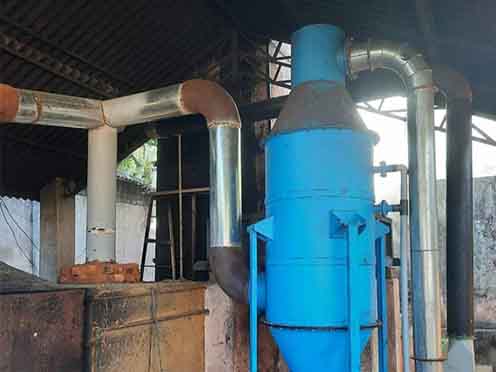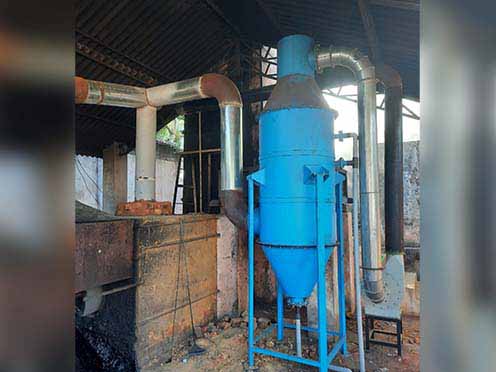The term wet scrubber describes a variety of devices that remove pollutants from a furnace flue gas or from other gas streams. In a wet scrubber, the polluted gas stream is brought into contact with the scrubbing liquid, by spraying it with the liquid, by forcing it through a pool of liquid, or by some other contact method, to remove the pollutants.
The design of wet scrubbers or any air pollution control device depends on the industrial process conditions and the nature of the air pollutants involved. Inlet gas characteristics and dust properties are of primary importance. Scrubbers can be designed to collect particulate matter and/or gaseous pollutants. The versatility of wet scrubbers allow them to be built in numerous configurations, all designed to provide good contact between the liquid and polluted gas stream.
Wet scrubbers remove dust particles by capturing them in liquid droplets. The droplets are then collected, the liquid dissolving or absorbing the pollutant gases. Any droplets that are in the scrubber inlet gas must be separated from the outlet gas stream by means of another device referred to as a mist eliminator or entrainment separator. Also, the resultant scrubbing liquid must be treated prior to any ultimate discharge or being reused in the plant.


